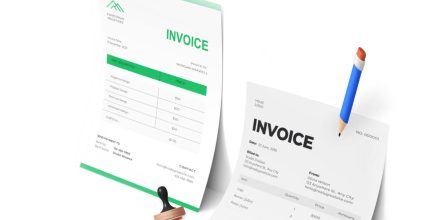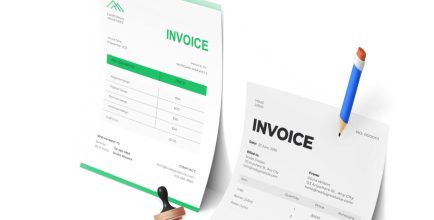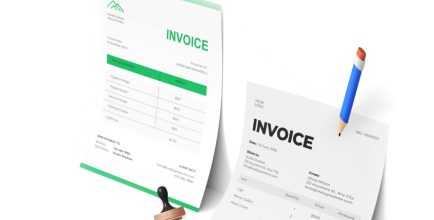What Constitutes a FICA Tip Credit?
The concept of a FICA Tip Credit is rooted in the provisions of the Fair Labor Standards Act (FLSA), which accommodates a unique payroll scenario for tipped employees. It permits employers in the hospitality sector to account for tips received by their employees towards meeting the minimum wage requirements.
The “tip credit” refers to the permissible deduction from the employer’s payroll obligations; it is the gap between an employee’s direct wage and the federally mandated minimum wage, with the assumption that received tips bridge this discrepancy.
In essence, the FICA Tip Credit serves as a financial reprieve for businesses, specifically addressing the employer’s portion of payroll taxes on tips that employees receive from customers.
For tax purposes, employers are responsible for a 6.2% Social Security tax on the initial $142,000 of an employee’s earnings and an additional Medicare tax rate of 1.45% on all earnings, cumulating a 7.65% tax rate on total wages.
This credit acknowledges the unique income structure of tipped occupations, easing the tax burden associated with tip income.
How the FICA Tip Credit Works
While the concept of the FICA Tip Credit may initially appear complex, its application is straightforward in practice. Consider the following example to understand how to calculate the FICA tip credit for your business:
Imagine you have an employee who is paid an hourly wage of $3.00. During their shift, this employee earns $7.00 per hour in tips from customers, resulting in a total hourly earnings of $10.00. If the employee works for 10 hours, their total gross earnings would be $100.00. Under the regulations, an employer is obligated to pay FICA taxes based on the minimum wage rate of $7.25 per hour. Consequently, the FICA taxes would be calculated on $72.50 ($7.25 x 10 hours) of the gross wages.
The FICA tip credit comes into play by allowing the employer to claim a credit on the difference between the total gross wages ($100.00) and the wages used to calculate the FICA taxes ($72.50), which is $27.50. With a FICA tax rate of 7.65%, the tip credit amounts to $2.10 ($27.50 * 0.0765). Therefore, for every $100 of gross wages earned by tipped employees, an employer can claim a tax credit of $2.10. While this amount might seem modest, it can significantly accumulate over time, especially for businesses that enjoy high customer volumes and generous tipping.
Defining a Qualifiable Tip
For a payment to be considered a legitimate tip under tax regulations, it must satisfy four essential criteria established by the IRS:
- Voluntariness: The payment must be made on the customer’s own accord without any coercion or pressure from the employer.
- Customer Discretion: The amount of the payment is at the complete discretion of the customer, with no predetermined or suggested amounts.
- Independence from Employer Policies: The payment’s amount or distribution must not be influenced or mandated by employer policies or practices.
- Control Over Distribution: The customer retains the sole right to decide which employee or employees receive the payment.
To illustrate, a mandatory service charge added to the bill for a large dining group or during a special event, which is then distributed among the service staff, does not meet these criteria. Such charges are considered a part of the business’s gross receipts, not tips because they do not fulfill the condition of being voluntary payments decided upon by the customer.
Conclusion
In summary, the FICA Tip Credit offers a valuable financial incentive for employers within the hospitality sector, recognizing the unique income structure of tipped employees and providing a method to mitigate part of the tax responsibilities associated with tip income.
By understanding and applying the FICA Tip Credit, businesses can not only comply with federal tax laws but also benefit from significant tax savings. This initiative encourages proper reporting of tips, benefiting both employers and employees by fostering a transparent and fair working environment.
Businesses are encouraged to consult with tax professionals to ensure they are maximizing their benefit from the FICA Tip Credit and adhering to all relevant regulations and guidelines. Ultimately, the FICA Tip Credit is a testament to the government’s recognition of the complexities of tip-based earnings and its effort to support businesses in navigating these challenges.



